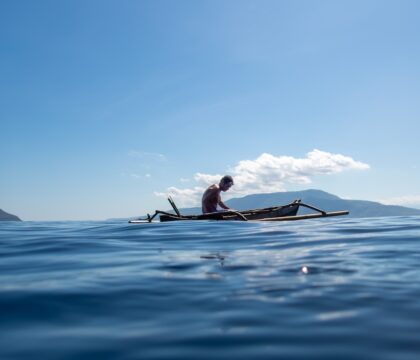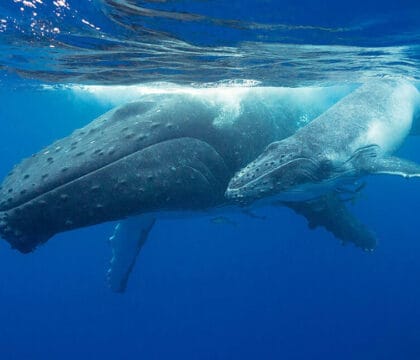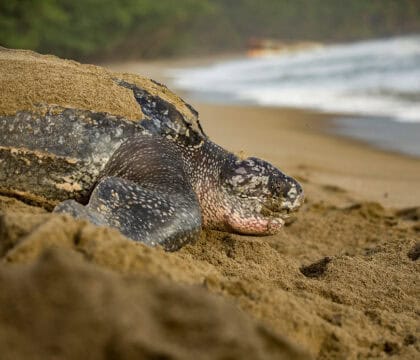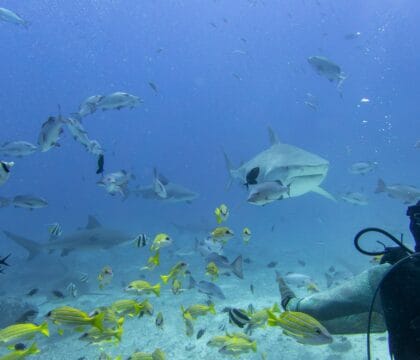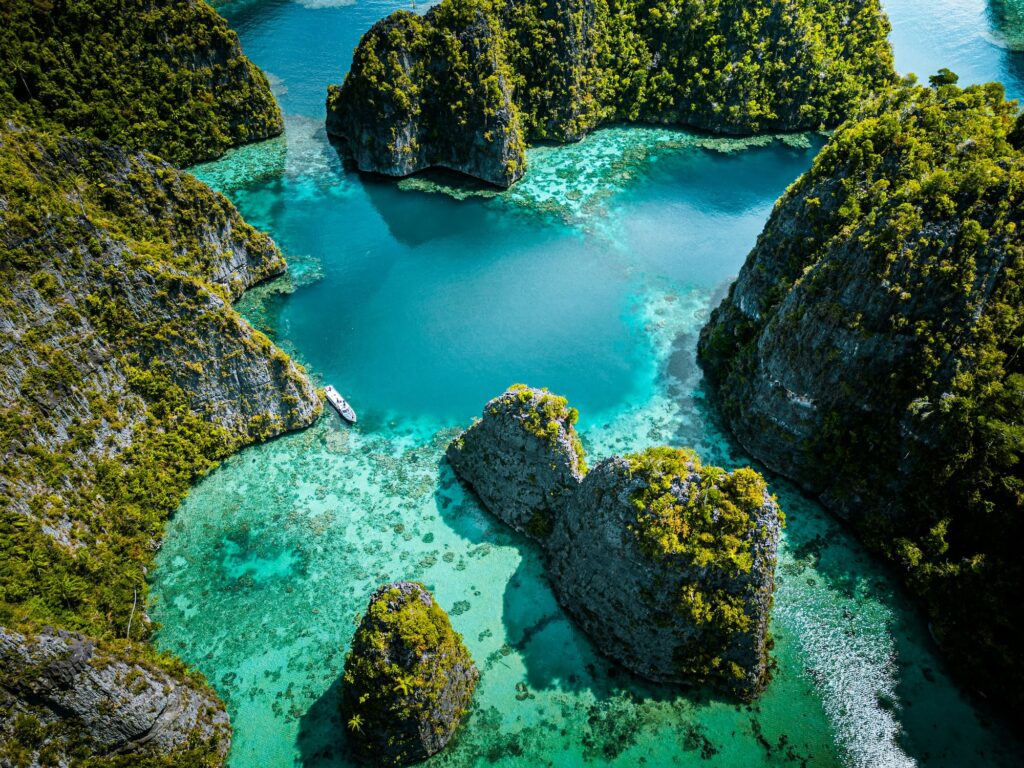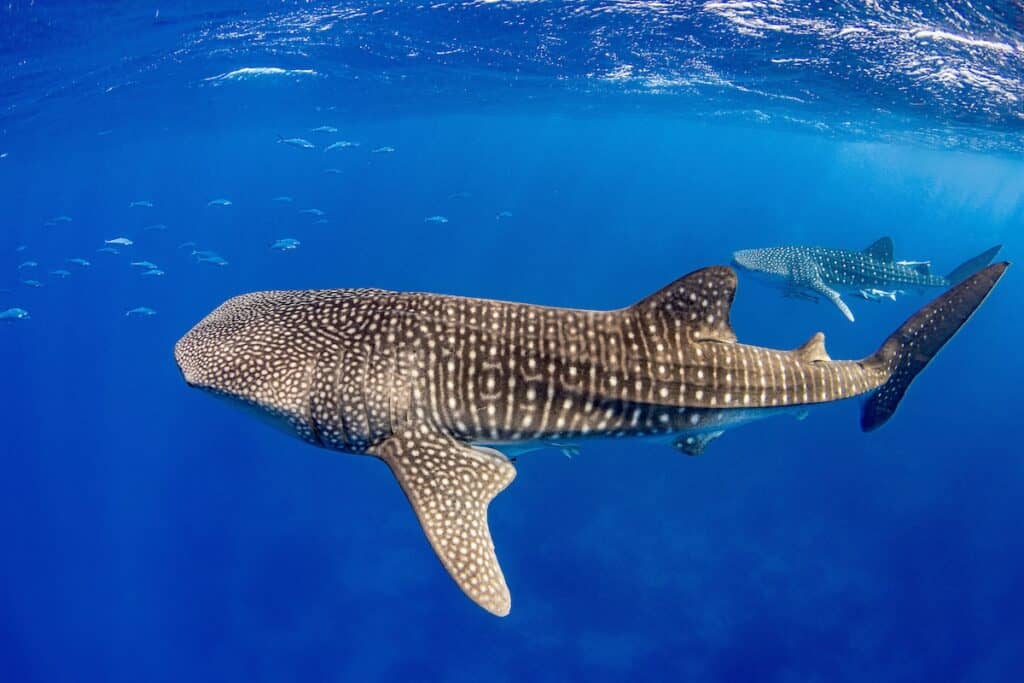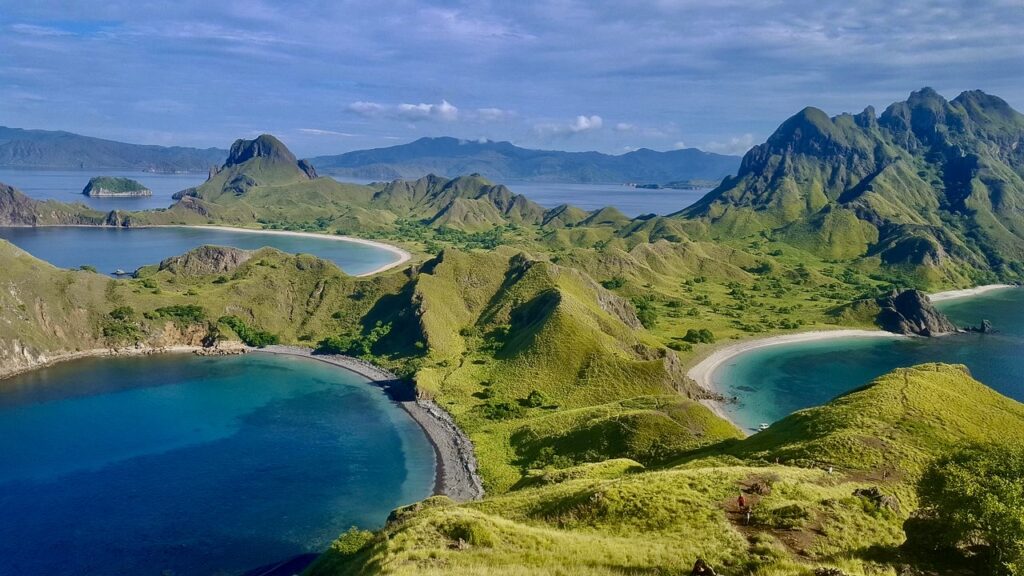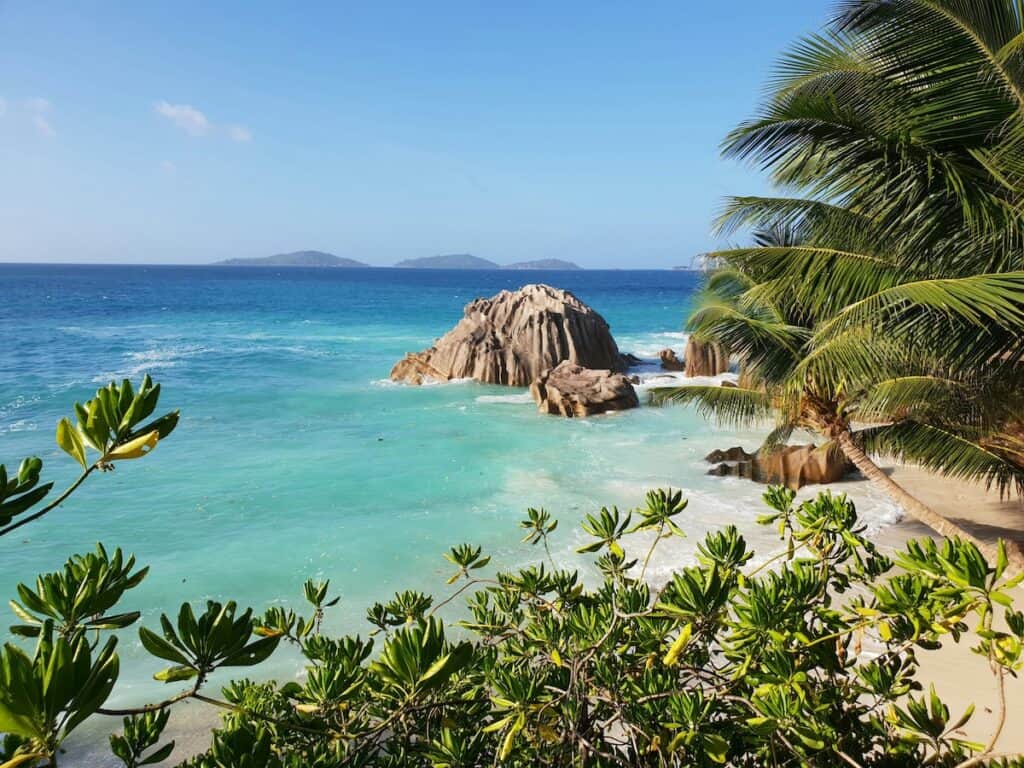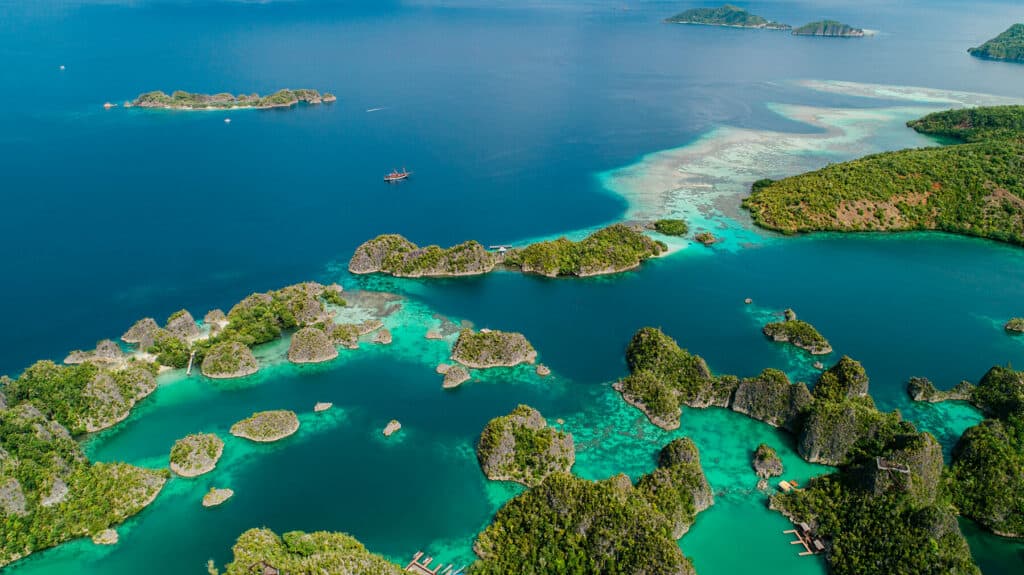October 24, 2025 • Travel Ideas
Why Solo Travelers Benefit from Joining Group Trips
Ask a solo traveler why they explore the world on their own, and you’ll hear a variety of reasons: the freedom it provides, the time for personal reflection, and the unexpected relationships they build along the way, which often become the highlights of their adventures. It’s no surprise, then, that more solo travelers are opting for small group trips (typically 8-18 people). This dynamic blends independence with instant companionship, allowing solo travelers to fully enjoy their journeys, while the built-in safety net and hassle-free logistics, like pre-booked transport and expert-planned itineraries, free them to navigate unfamiliar spots and immerse themselves in the adventure without solo planning stress.
Traveling with guides via group trips unlocks exclusive, authentic experiences, revealing hidden gems, vibrant wildlife, and unique cultural encounters. Small group trips are also the easiest (and sometimes only) way to access remote wilderness destinations, with shared expenses delivering cost savings and a low-risk entry for beginners eager to build confidence. In essence, small groups amplify solo travel’s freedom with added security, serendipity, and connection, making them ideal for your next adventure. With that in mind, this guide outlines some of the best group trips for solo travelers looking to explore remote corners.
Top Adventure Destinations for Solo Travelers in a Group
The Galápagos Islands
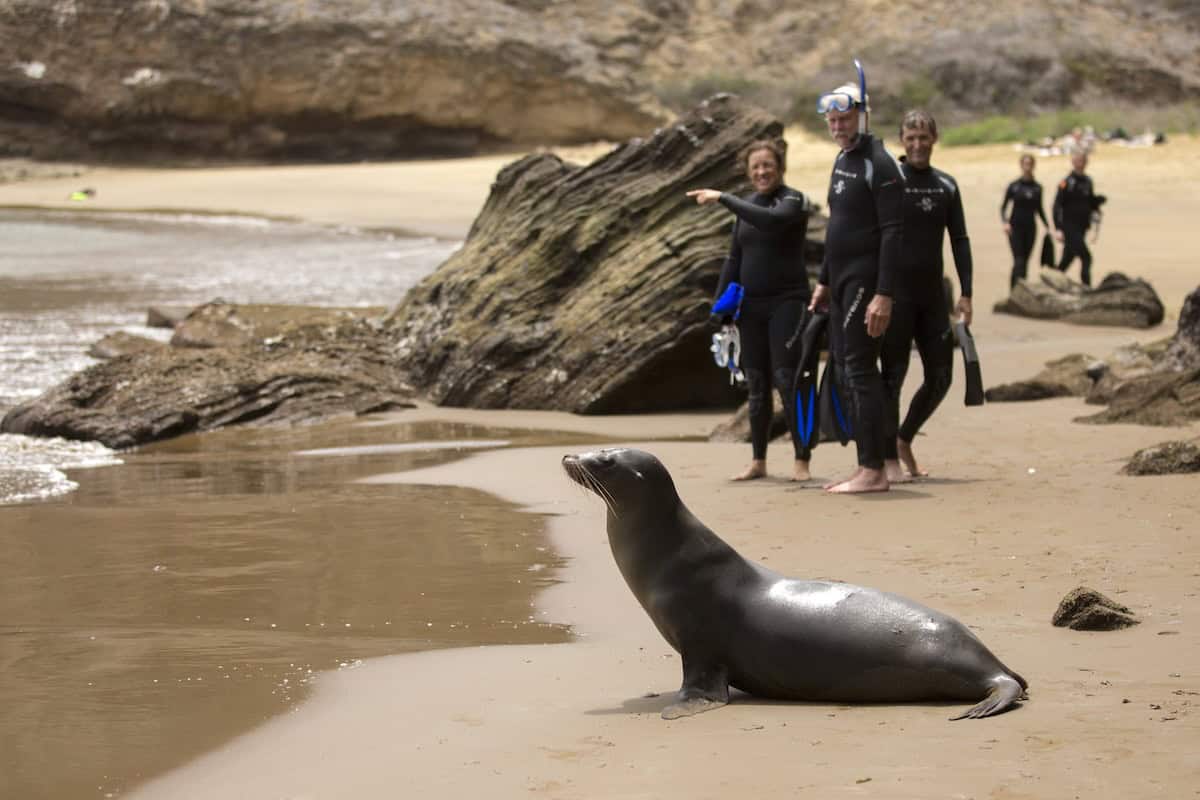
Snorkelers prepare to enter the water alongside a curious sea lion in the Galápagos Islands © Ecoventura
For solo travelers seeking adventure and connection, the Galápagos Islands are a dream destination. This remote archipelago, where Charles Darwin first theorized about evolution nearly 200 years ago, remains one of the world’s most iconic places for ecotourism and wildlife encounters.
Each island provides unique wildlife experiences: swim alongside sea lions and sea turtles off black sand coastlines, spot colorful marine iguanas basking on lava rocks, or trek across lush volcanic highlands in search of iconic Galápagos tortoises.
Planning a trip to the Galápagos can feel intimidating for many, especially solo travelers, which is why small-group, guided liveaboard cruises are such a popular choice. A cruise provides travelers a comfortable “home base” as they drift through the islands, eliminating the stress of changing accommodations while offering natural opportunities to meet and connect with like-minded adventurers.
Expert naturalists lead hikes, snorkels, and excursions, ensuring travelers safely and ethically experience the islands’ unique wildlife, learn about their incredible history, and leave with a deeper understanding of the archipelago’s delicate ecosystems.
Want to know the best time to visit the Galápagos? Read our expert guide here.
Explore Costa Rica’s Diverse Ecosystems
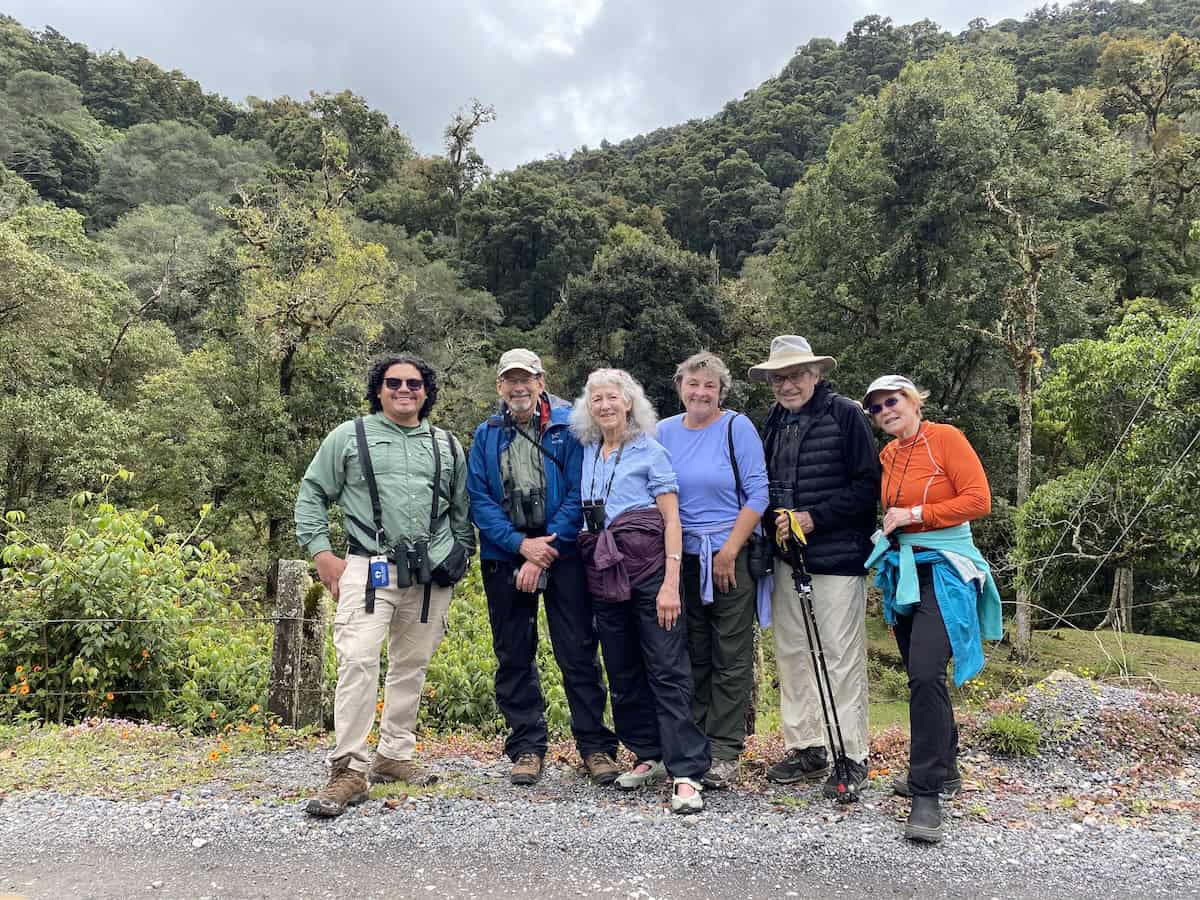
Oceanic Society travelers pose with their guide, Ernesto Ocampo against the vibrant backdrop of Costa Rica’s lush forest during an unforgettable expedition.
Travel through some of Costa Rica’s most remarkable landscapes, from lush rainforests and sea turtle nesting beaches in the Osa Peninsula to misty cloud forests and dry forests rich with wildlife, experiencing the full range of ecosystems that make Costa Rica a biodiversity hotspot.
Despite its remote feel, this destination is surprisingly easy to reach from the U.S., with many direct flights to San José. Once you arrive, the sprawling wilderness of cloud forests, black-sand beaches, and towering volcanoes makes you feel truly “lost in the wild”—without long travel or jet lag.
Experiencing all of these regions as a solo traveler would mean renting a 4×4 or hiring a private driver to navigate Costa Rica’s remote, muddy roads, which can get expensive quickly. Joining an expert-led wildlife group trip to Costa Rica removes that stress, making it easy to explore multiple ecosystems in a single trip. Oceanic Society naturalists provide insider knowledge on the wildlife, plants, and ecosystems, increasing the likelihood of spotting rare animals, while helping travelers understand the unique behaviors and habitats that make Costa Rica so special.
Traveling in an intimate group also allows for more personalized attention, flexible itineraries, and access to areas that are otherwise restricted, with time to relax at eco-lodges between excursions. For solo travelers, these expeditions are a particularly appealing way to explore Costa Rica safely, meet fellow adventurers, and enjoy the region’s highlights without the challenges of planning on your own.
Whale Watching and Snorkeling in Baja California

Travelers interact with a friendly gray whale in San Ignacio Lagoon. © José Sanchez
The Baja California peninsula, sandwiched between the Pacific Ocean and the Sea of Cortez on the western coast of Mexico, may be the world’s premier whale watching destination. Here, gray whales swim alongside whale watching skiffs, inviting human interaction, a profound experience exhibited nowhere else. Along with whale sharks, playful sea lions, blue whales, and coral reefs, Baja offers one of the most extraordinary marine safari experiences.
The easiest and best way to experience wildlife in Baja is through an organized tour under the guidance of an expert naturalist, who knows exactly where, when, and how to view the iconic wildlife. Excursions with the famously friendly gray whales of San Ignacio Lagoon, for example, are highly regulated and can only be enjoyed with certified guides.
Few experiences rival whale watching or snorkeling with whale sharks in Baja California, and the opportunity to share these moments with like-minded travelers makes a group trip a top choice for solo adventurers.
Nicaragua’s Little Corn Island
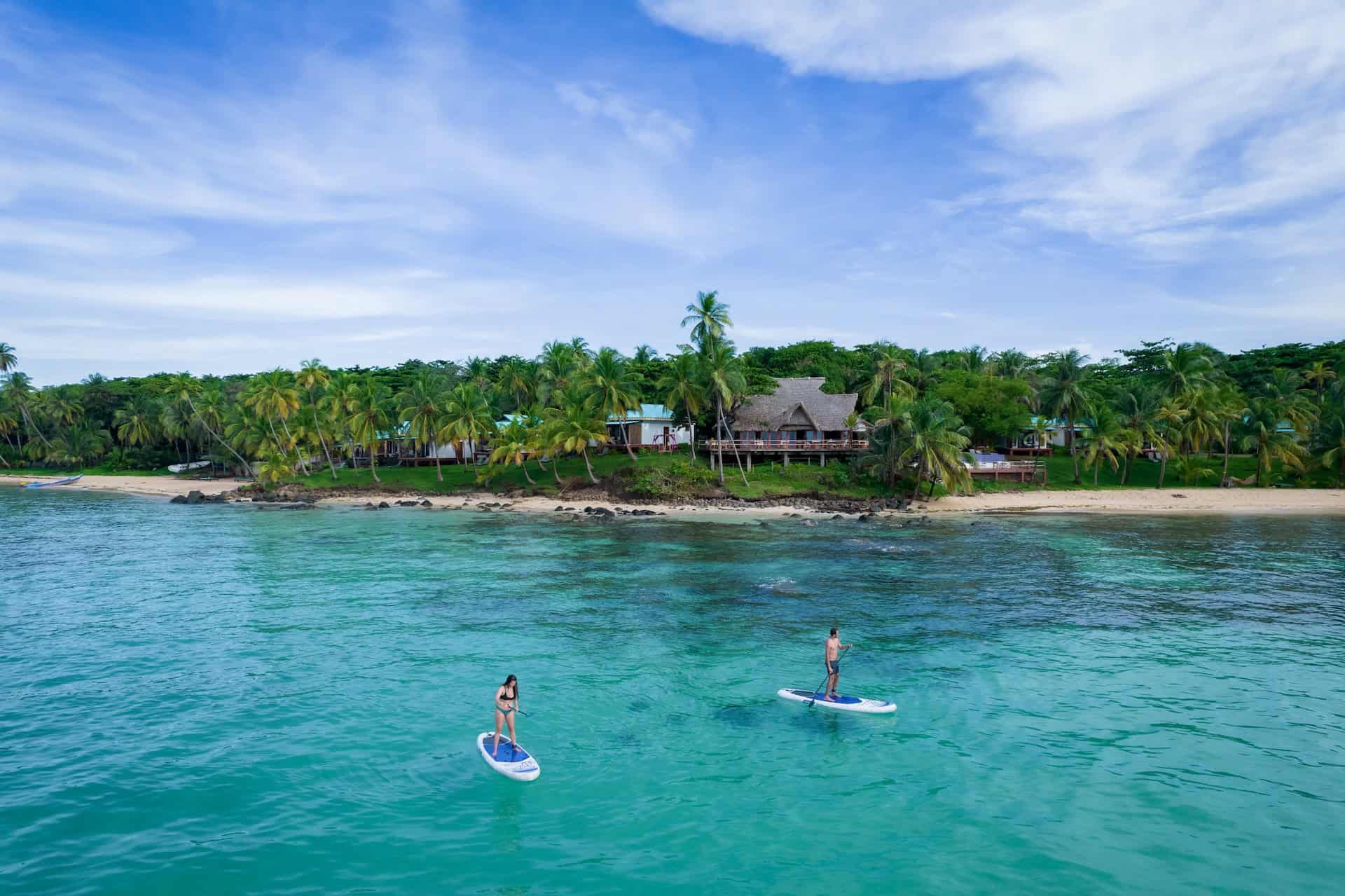
A woman and man paddle boarding over clear turqoise water in front of Yeyama Reef Resort on Little Corn Island, Nicaragua © Yemaya Reefs
For travelers seeking a mix of adventure and a laid-back island atmosphere, Little Corn Island in Nicaragua is an underrated gem. While much of the Caribbean is defined by all-inclusive resorts that isolate visitors from the local community, Little Corn Island is reminiscent of eras past. Here, intimate guest houses dot the coastline, and locals are eager to share their culture, history, and cuisine with curious travelers.
Enjoy the slow pace of island life as you snorkel calm waters and explore reefs just steps from your beachfront accommodations at the beautiful Yemaya Reefs, spotting rays, turtles, nurse sharks, brightly colored parrotfish, and other reef fish. The best trips to Little Corn Island also include time on Nicaragua’s mainland, exploring the vibrant city of Granada and the surrounding cloud forests and volcanoes.
As a solo traveler, this destination offers the chance to recharge on quiet beaches while enjoying the benefits of a small group. Traveling with Oceanic Society means joining like-minded travelers who share a passion for ocean conservation and sustainable travel, creating a meaningful and memorable adventure.
Belize, Turneffe Atoll, and the Great Blue Hole
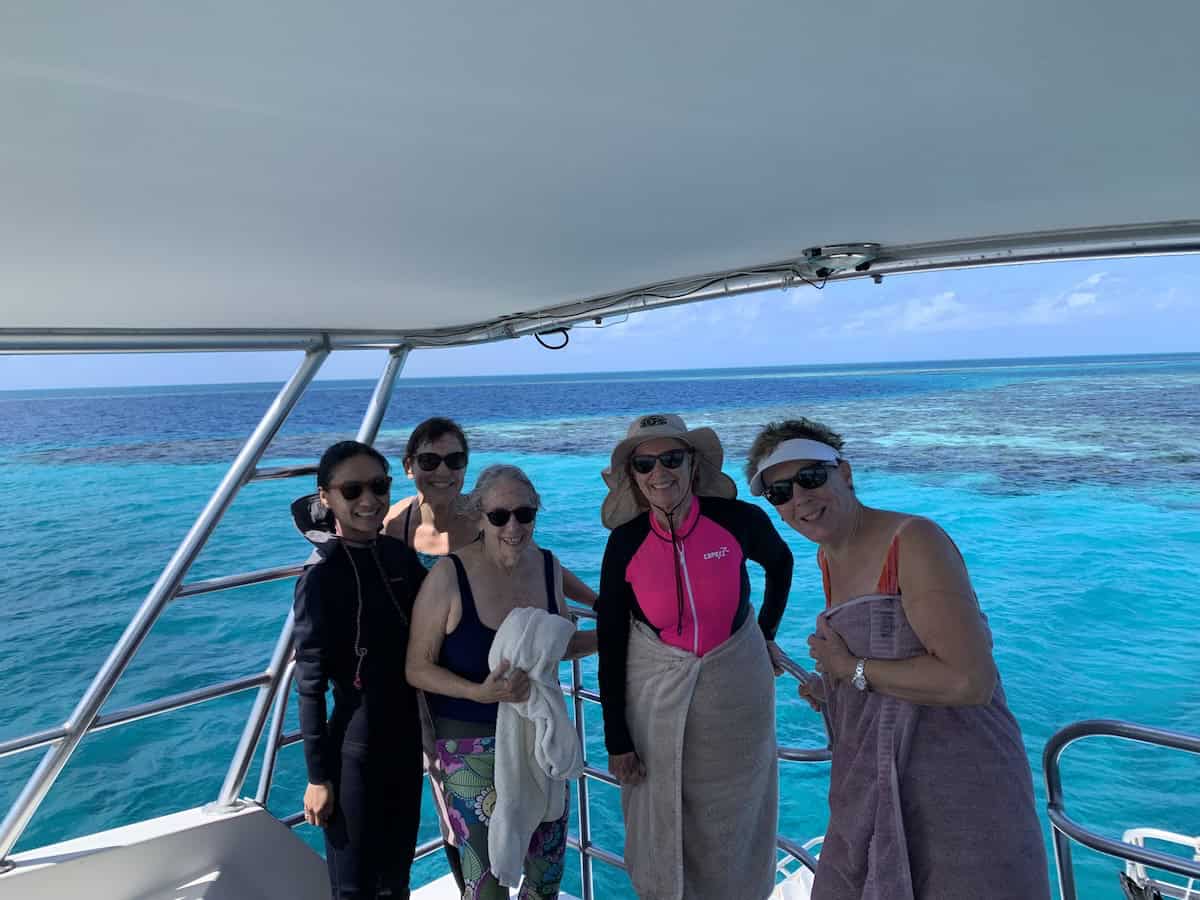
Ladies celebrate together after an afternoon of snorkeling Belize’s Great Blue Hole. © Pei Lun Lee
Few marine environments are as visually captivating as Belize’s Great Blue Hole, the world’s largest marine sinkhole, whose coral-covered rim glows turquoise through the water. It is an undeniable bucket list destination, but because it is remote and carefully regulated, it requires an organized tour to experience, making it a practical group trip choice for solo travelers.
While most expeditions depart from the Belizean mainland, this limits time at surrounding sites, like Half Moon Caye (home to thriving bird and sea turtle colonies). Instead, solo travelers should consider a group tour based in Turneffe Atoll, a mangrove-clad island paradise situated in the heart of the Mesoamerican Reef.
Turneffe Atoll itself is home to a thriving ecosystem, and its calm, warm waters are perfect for casual exploration between excursions. Ecotours here support local conservation efforts, including Oceanic Society’s partner, the Turneffe Atoll Trust, and help protect UNESCO World Heritage sites.
Participants in this Belize snorkeling trip benefit from decades of Oceanic Society experience leading expeditions in the region. With an expert naturalist guide, you’ll gain unique insights into local ecology, wildlife behavior, and long-term research findings—opportunities that are difficult to access when traveling alone.
Sail through Indonesia’s Raja Ampat on a Liveaboard
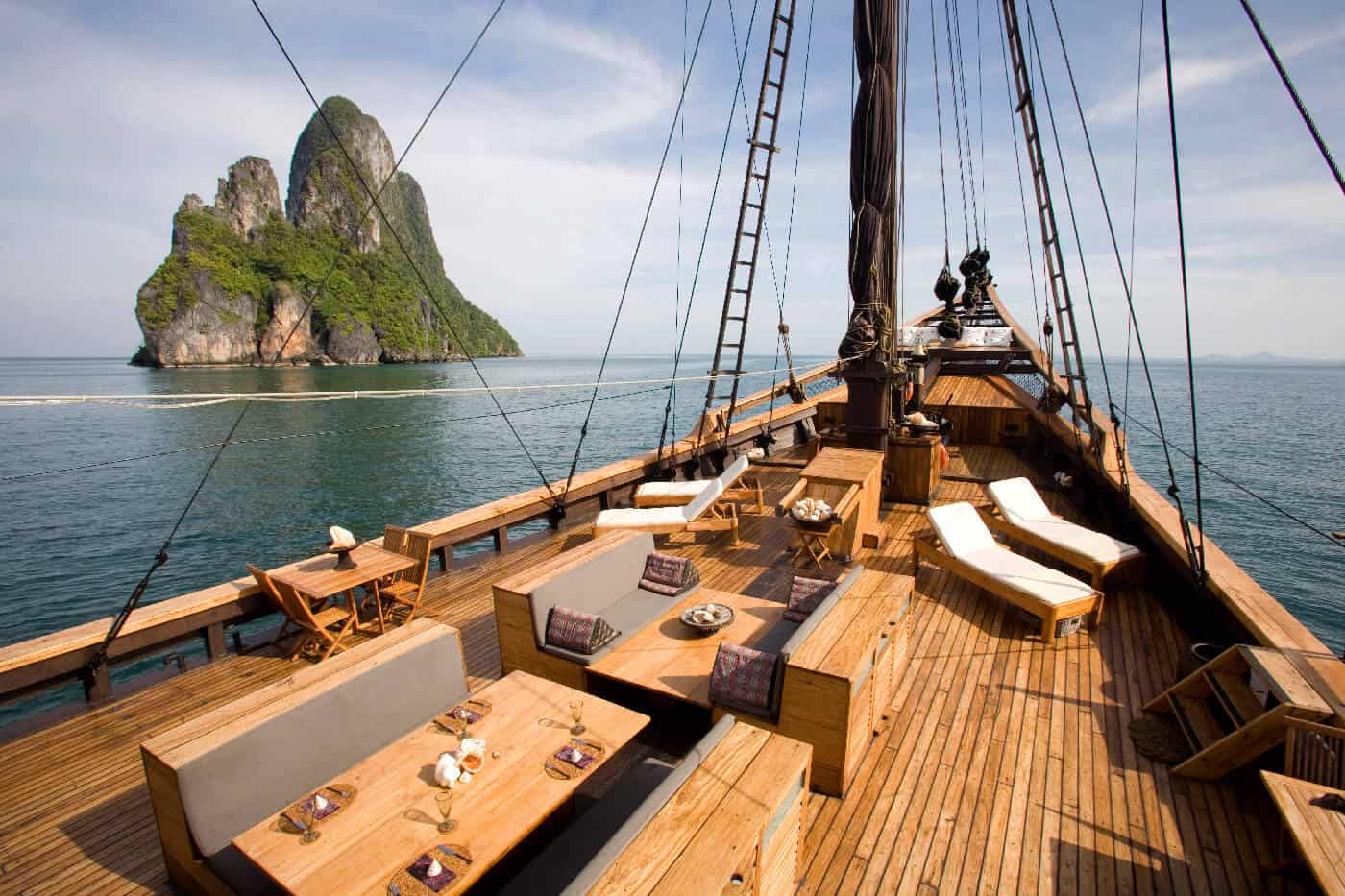
Raja Ampat is without a doubt a bucket-list destination for divers, snorkelers, and ocean lovers alike. This isolated region of Indonesia lies in the heart of the legendary Coral Triangle, considered the most biodiverse marine ecosystem in the world. While many of the world’s coral reefs suffer from human-induced climate change, the coral reefs of Raja Ampat have proven to be remarkably resilient, making it a bucket list itinerary for ocean explorers.
But because Raja Ampat is so remote, planning an independent trip here can be challenging. Many of the best snorkeling spots in Raja Ampat are accessible only by a liveaboard boat, often involving overnight sails to reach secluded coves. Sailing in the company of expert naturalists not only ensures spectacular wildlife encounters but also provides rich insight into the ecology, culture, and conservation efforts of the region. Liveaboards also allow travelers to experience Raja Ampat fully without multiple-day trips from a single hub.
For solo travelers, a group expedition on a luxury liveaboard, like the Fenides, also provides community. Solo travelers can forge meaningful connections with like-minded adventurers while enjoying a balanced itinerary that mixes active exploration with downtime to relax, read, or simply enjoy the stunning limestone island dotted seascape en route to your next snorkeling site.
Snorkeling in the Rock Islands of Palau
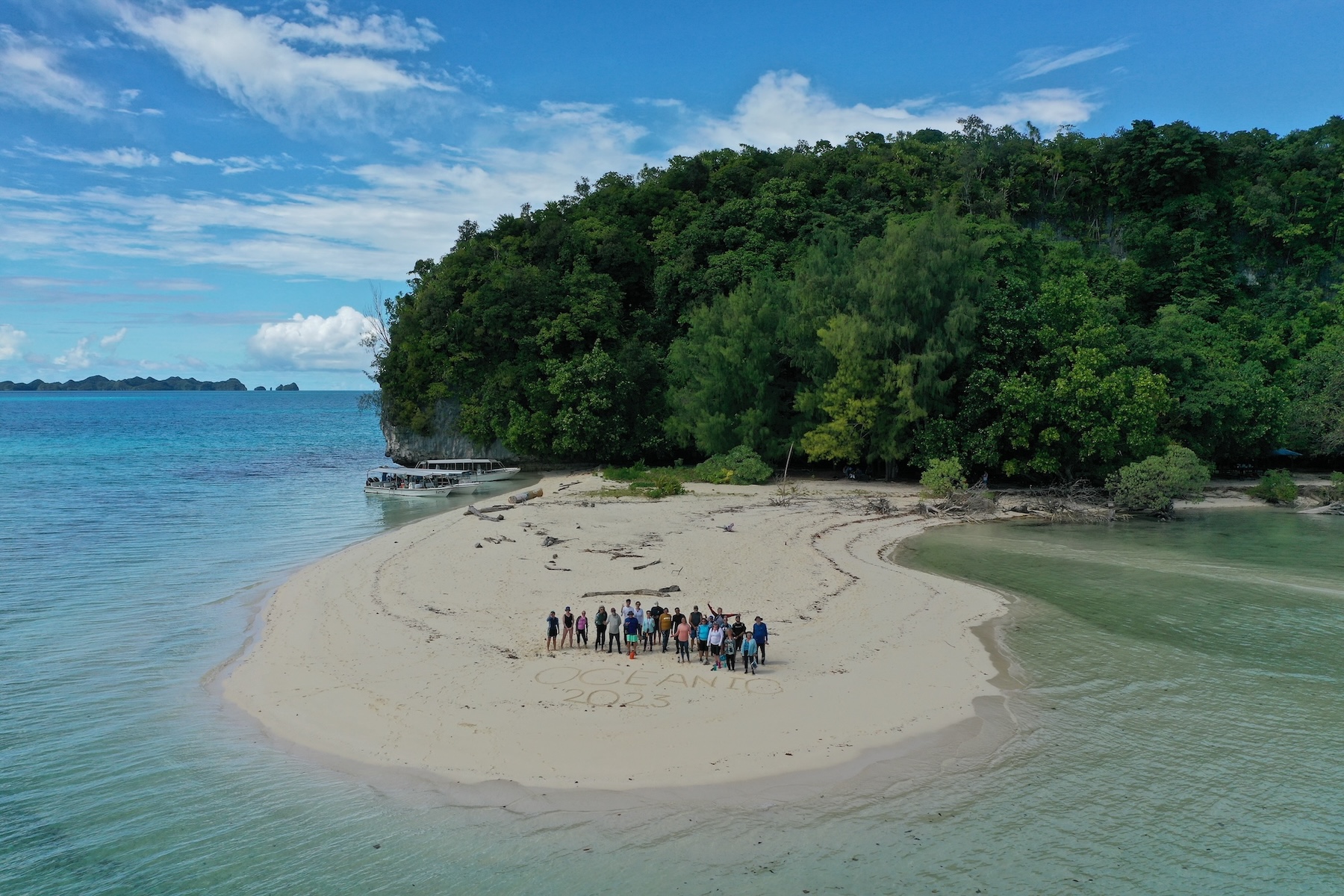
Group of travelers on Oceanic Society expedition to Palau pose together on beach. © Udi Bornovski
Palau’s legendary Rock Islands rise from turquoise waters like giant, jungle-clad mushrooms. And beneath the waves is one of the most biologically dense marine ecosystems in the world: reef sharks, manta rays, sea turtles, nudibranchs, and many other iconic reef species swim amongst vibrant hard-coral gardens.
While the coral reefs rival those found anywhere else in the world, what truly sets Palau apart from other world-class destinations is the nation’s deep commitment to ocean conservation. The government here has even declared its waters as a 100% marine sanctuary, making it one of the largest marine protected areas in the world, safeguarding these remarkable ecosystems and demonstrating a strong national commitment to conservation.
For solo travelers, the logistics of traveling alone to Micronesia and navigating Palau’s many snorkeling sites can feel daunting. Joining a small group trip led by expert naturalists removes that uncertainty and provides access to experiences that would be difficult to arrange independently, including reaching remote coves and lagoons and learning about the intricate ecology that makes these reefs thrive.
Not only does traveling with a group make exploring Palau simpler, it also makes the experience more purposeful. Over the past 30 years, Oceanic Society has built deep relationships with local conservation partners through guided expeditions in the region. By joining a small group snorkeling trip to Palau, travelers help support the protection of sharks across Palau and Micronesia and contribute to the preservation of Jellyfish Lake and the Rock Islands Southern Lagoon, a UNESCO World Heritage Site. This is part of our commitment to leave a positive impact on the places we visit while fostering a deeper connection between travelers and the natural world.
Volunteer with Sea Turtles in Trinidad
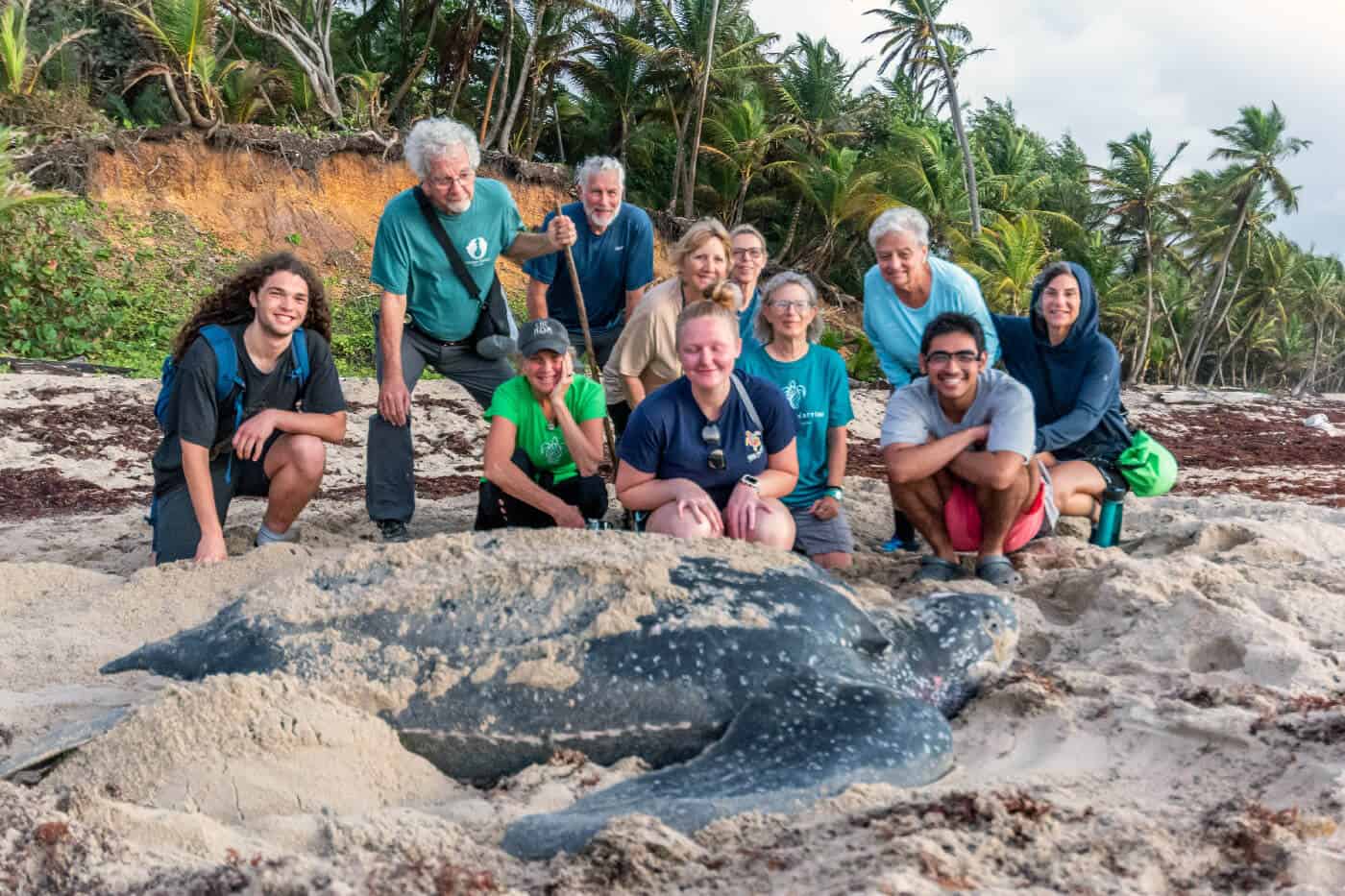
Oceanic Society volunteers with a leatherback turtle on Matura Beach, Trinidad. © Ashleigh Bandimere
Experience the thrill of witnessing one of nature’s greatest spectacles while making a real difference. Volunteering with leatherback sea turtles in Trinidad offers an experience that blends adventure, purpose, and connection. On Trinidad’s northern beaches, hundreds of giant leatherback turtles, which can weigh up to 1,500 pounds, come ashore each night to nest, creating one of the largest leatherback aggregations in the world.
As a volunteer, you’ll join Oceanic Society’s dedicated conservationist team under the glow of the moon, protecting nesting mothers and collecting vital data to safeguard these ancient mariners for generations to come. The work is hands-on and deeply social—each evening spent alongside fellow volunteers and researchers builds camaraderie and can quickly lead to lasting friendships.
This enriching volunteer experience offers a deep connection to the natural world, fosters camaraderie among travelers with shared passions, and provides a meaningful way to make an impact. It is an ideal adventure for solo travelers interested in wildlife, sea turtle conservation, and hands-on volunteering.
How Group Trips Make Solo Travel Safer and Easier
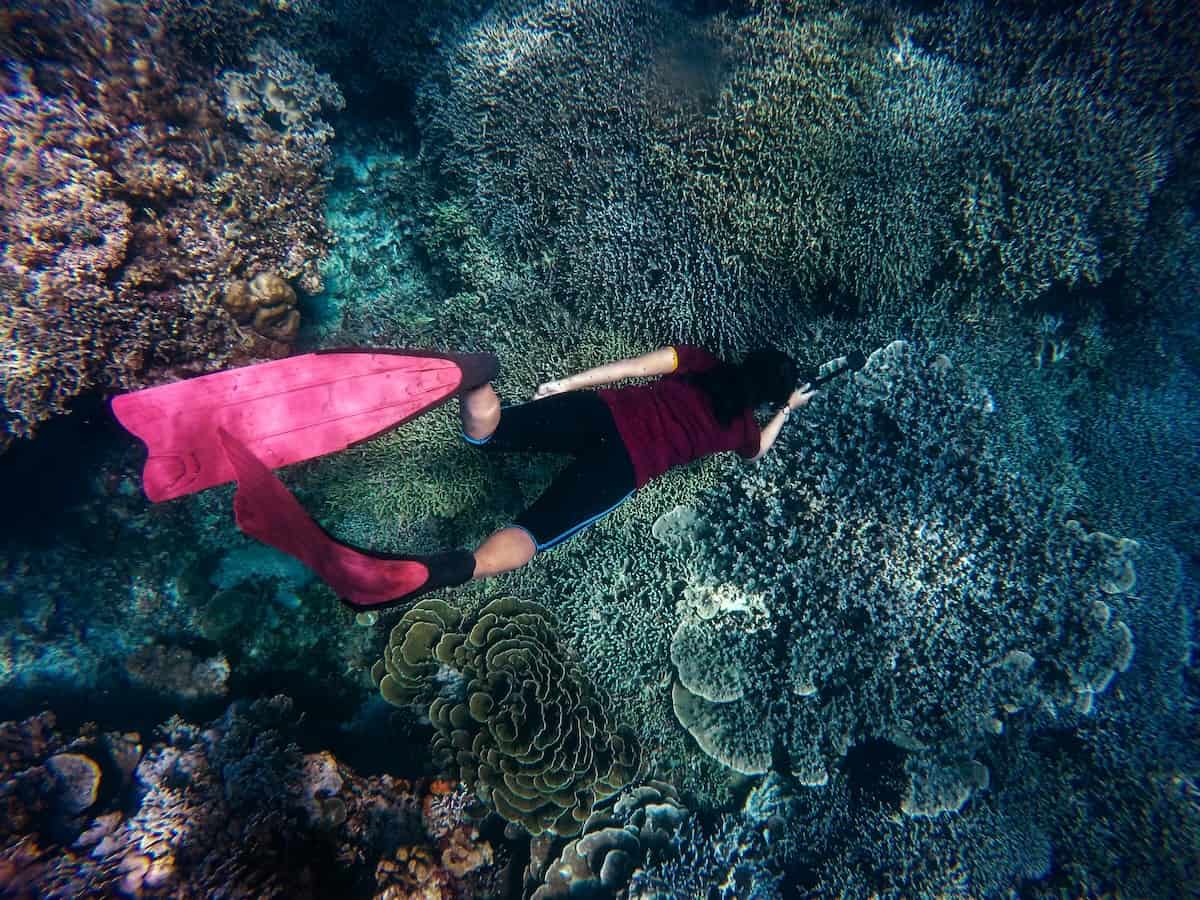
Safety is a key benefit for pre-organized group travel, especially when traveling to secluded regions of the world, which often have less infrastructure and modern conveniences.
Professional guides provide support in case of medical needs or emergencies, are equipped with local connections and knowledge to ensure travelers receive the support they need, and can answer questions and concerns along the way.
Perhaps most importantly, guided trips offer peace of mind to friends and family, knowing you’re in capable hands while exploring the remote and wild corners of the world.
Social Benefits of Group Travel for Solo Adventurers
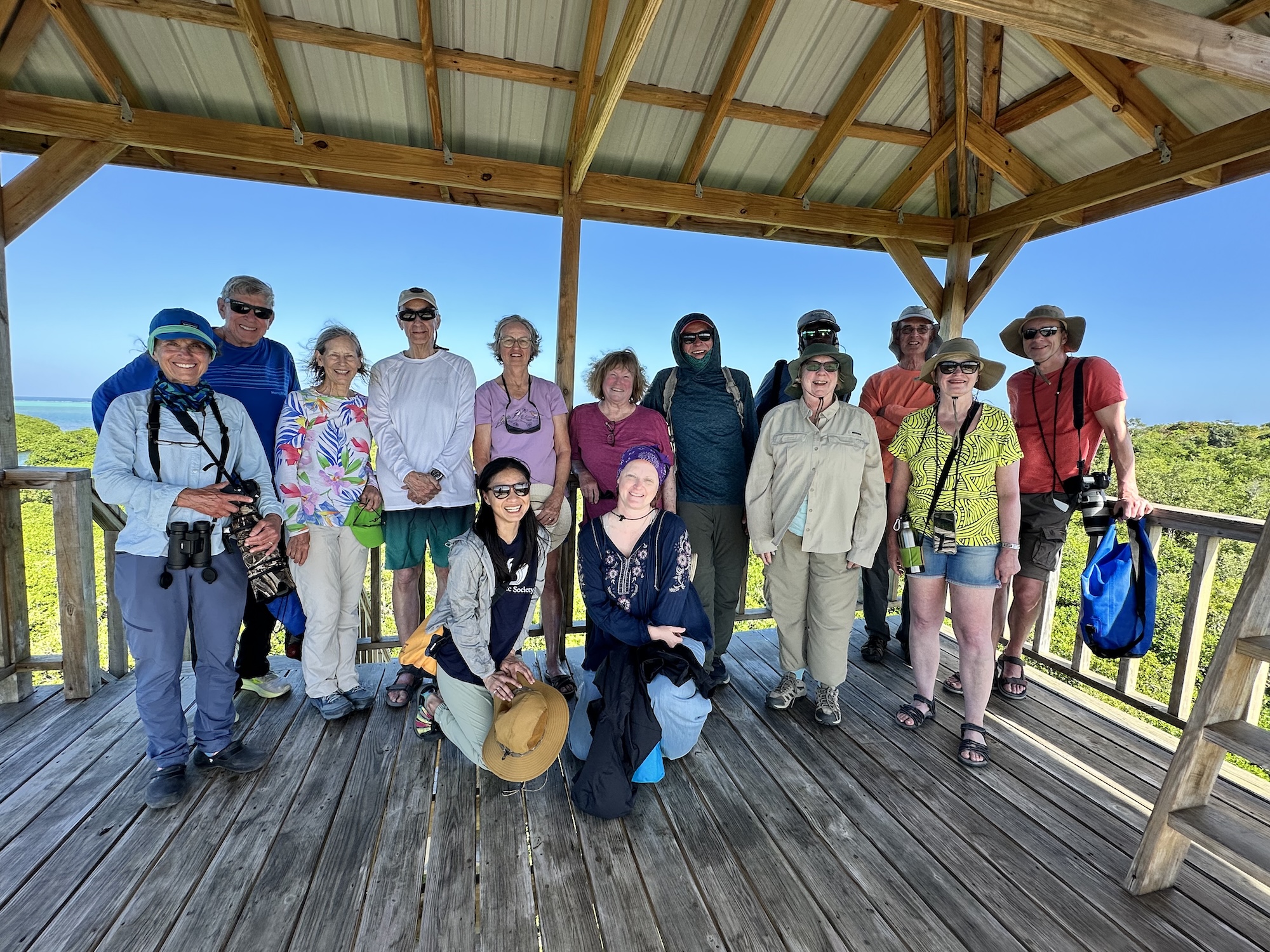
Traveling solo doesn’t mean exploring alone. Oceanic Society travelers in Belize experience the benefits of small-group adventures, building friendships and sharing unforgettable moments together.
World travelers will often point to the friendships and connections they’ve forged while traveling as some of the most profound relationships they’ve built during their lives.
There are all kinds of theories to explain why this is the case: our hearts are often the most open as we travel, bonding with people from different cultures opens our minds in new ways, and experiencing the natural world in intimate ways seemingly forges friendships overnight.
For each person, the reason may be different. But for solo travelers, joining a group ecotour offers the perfect opportunity to experience the world with a sense of community – without the pressure of organizing it. Simply relax into an itinerary filled with adventurous activities, like snorkeling or diving, group dinners, and cultural excursions that provide ample opportunity to bond with fellow travelers along the way.
Tips for Planning a Successful Solo Trip in a Group
1. Choose the Right Type of Trip
- Liveaboard: Ideal for bonding with fellow travelers in an intimate setting.
- Land-based adventure: Offers greater flexibility and independence.
Small-group expeditions strike the perfect balance for solo travelers, providing independence while naturally fostering social connections.
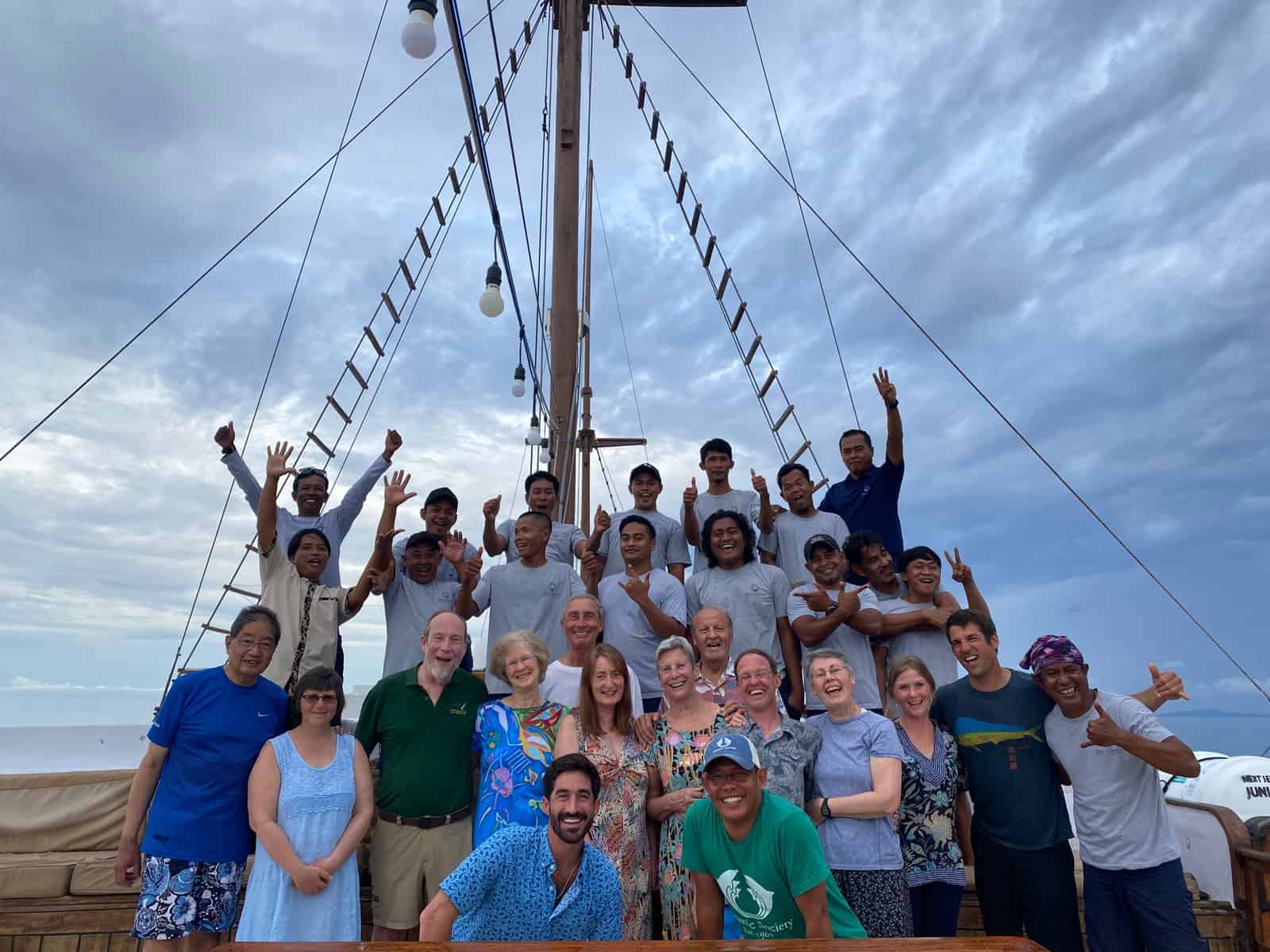
2. Ask Questions Before You Book
Talk with your tour operator and ask questions to ensure the trip fits your needs. Oceanic Society has been leading nature travel tours for over 50 years, and our experts can help you find the best fit. Travelers typically include a mix of solo adventurers, families, and couples, many of whom are retirees and share a passion for ocean conservation.
3. Prepare in Advance
- Research packing essentials for your destination.
- Prepare health, safety, and travel documents ahead of time.
- Purchase trip insurance for added security (required for all Oceanic Society travelers).
4. Balance Group Engagement and Personal Freedom
Finally, embrace the independence these journeys offer—join shared activities when you like, but don’t hesitate to carve out quiet moments for yourself. This blend of group engagement and personal freedom makes group trips perfect for solo travelers craving a rewarding and worry-free experience.
Zach Theiler
Join our community.
Latest Posts
Check Out Our Amazing Trips
Download Oceanic Society's Free Expedition Catalog
Get a free copy of our Expeditions Catalog by email or mail (in the U.S.) and start planning your next adventure!

